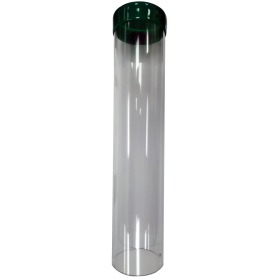

(Of course, making a single rifle one step at a time may result in a more accurate rifle, but that doesn't happen with making something as simple as one round of ammunition.) But that wastes a lot of time, just as making a single rifle one step at a time takes far longer than making rifles on an assembly line.

I have done plenty of time & motion tests on handloading techniques (partly because I do so much of it and wanted to waste as little time as possible), and that's the way it works out: If somebody wants to load a bunch of ammo, a mechanical measure is far faster, unless you insist on filling one case, then seating a bullet in that case. But a mechanical measure is much faster when either used in a progressive press or when charging a bunch of cases in a loading block. Have had this discussion with several handloaders who argue that they use the time an electronic measure takes to dribble a powder charge to seat the bullet in the last round. I have tested some electronic scale/measures and don't find most any more accurate than a GOOD mechanical measure like a Redding.


 0 kommentar(er)
0 kommentar(er)
